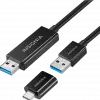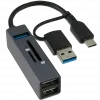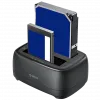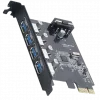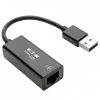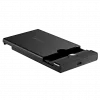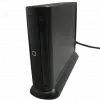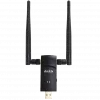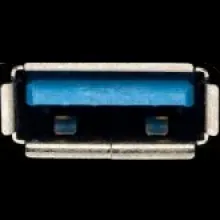
USB 3.0 standard was released in November 2008, defining a new SuperSpeed mode. A USB 3.0 port, usually colored blue, is backward compatible with USB 2.0 devices and cables.
On the release of the USB 3.1 specification in 2015, USB 3.0 was renamed USB 3.1 Gen1 for marketing purposes.
The USB 3.0 Promoter Group announced on 17 November 2008 that the specification of version 3.0 had been completed and had made the transition to the USB Implementers Forum (USB-IF), the managing body of USB specifications. This move effectively opened the specification to hardware developers for implementation in products.
